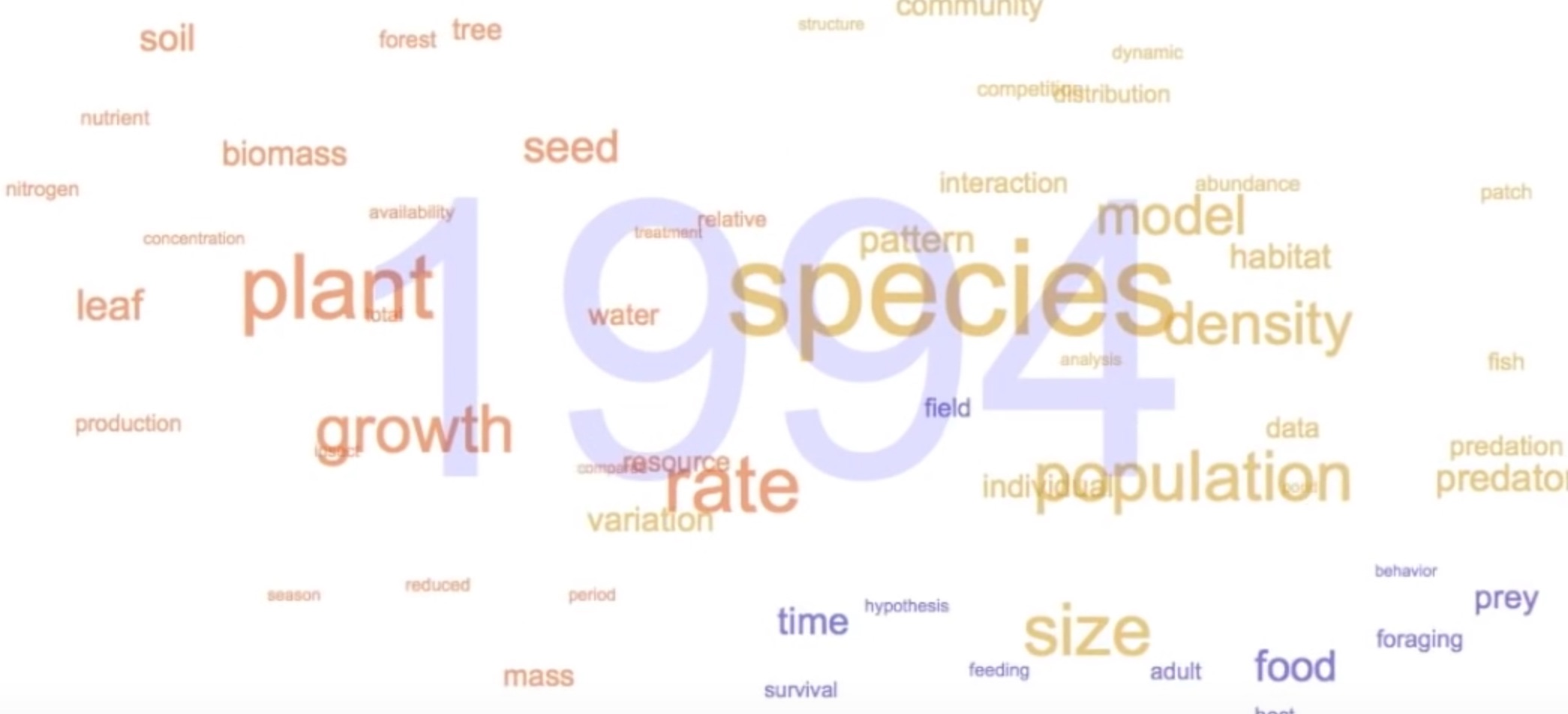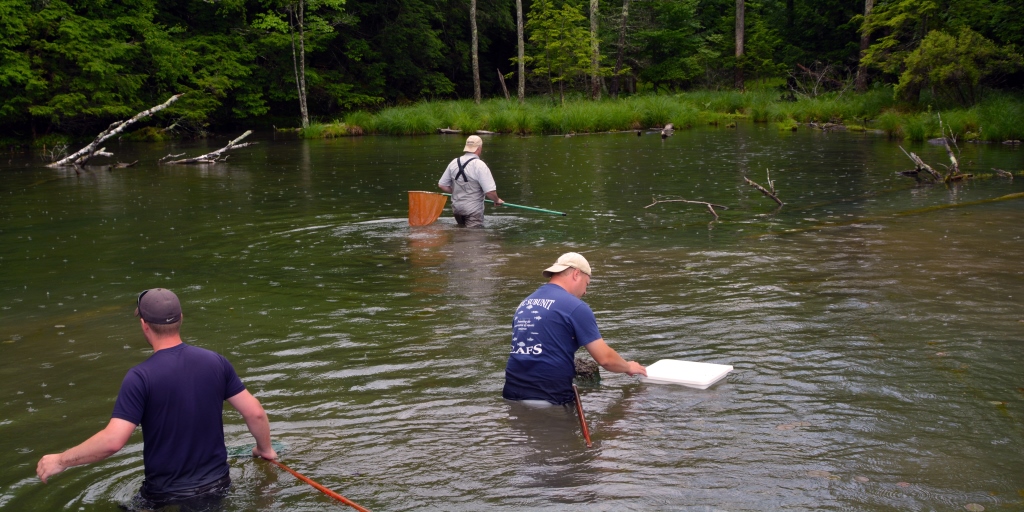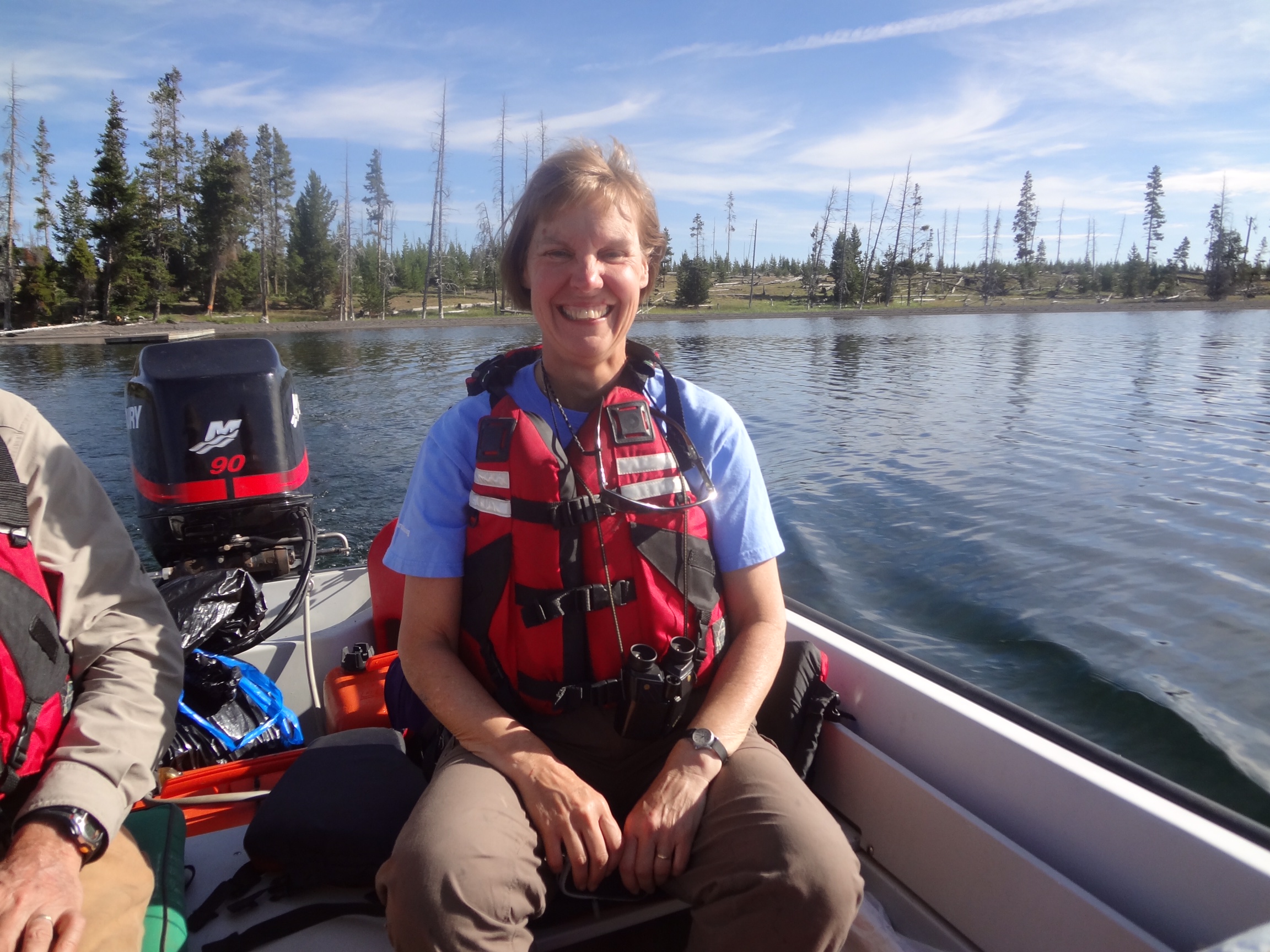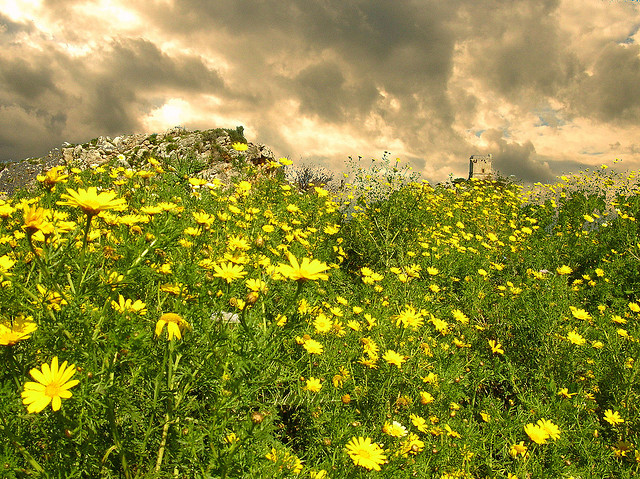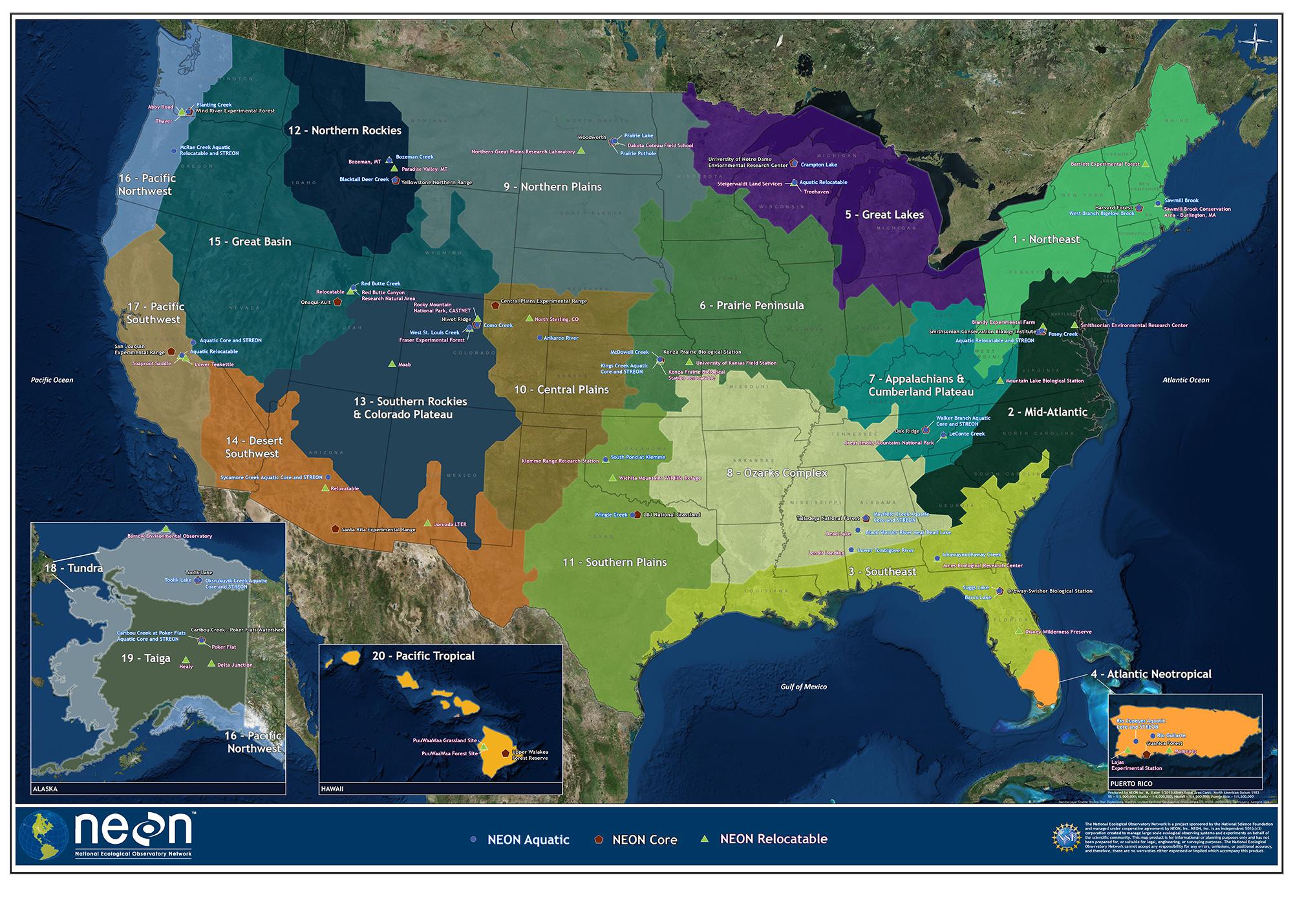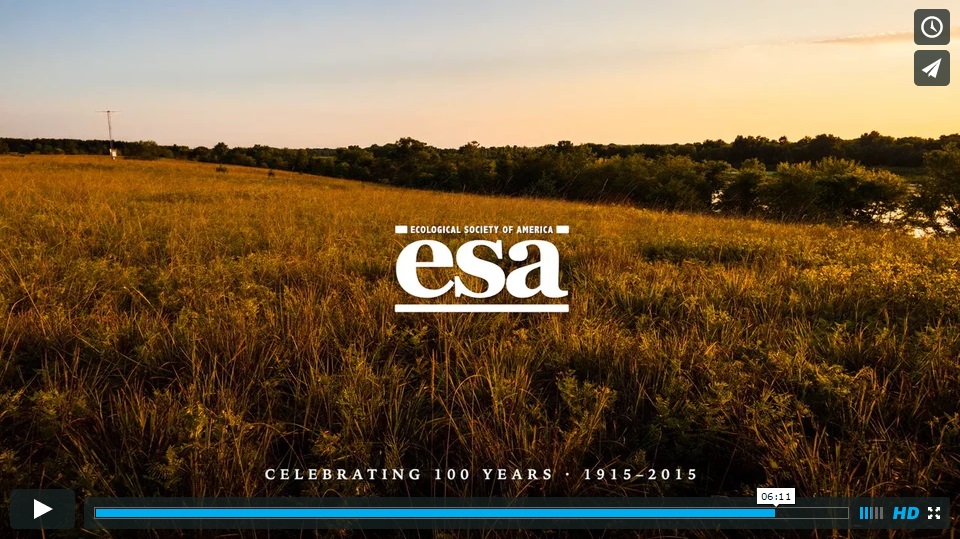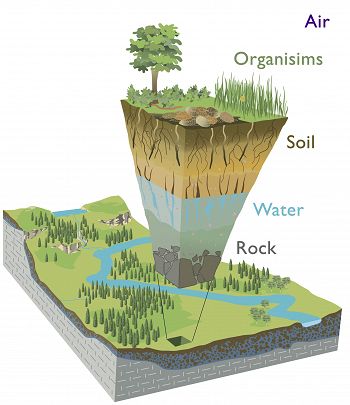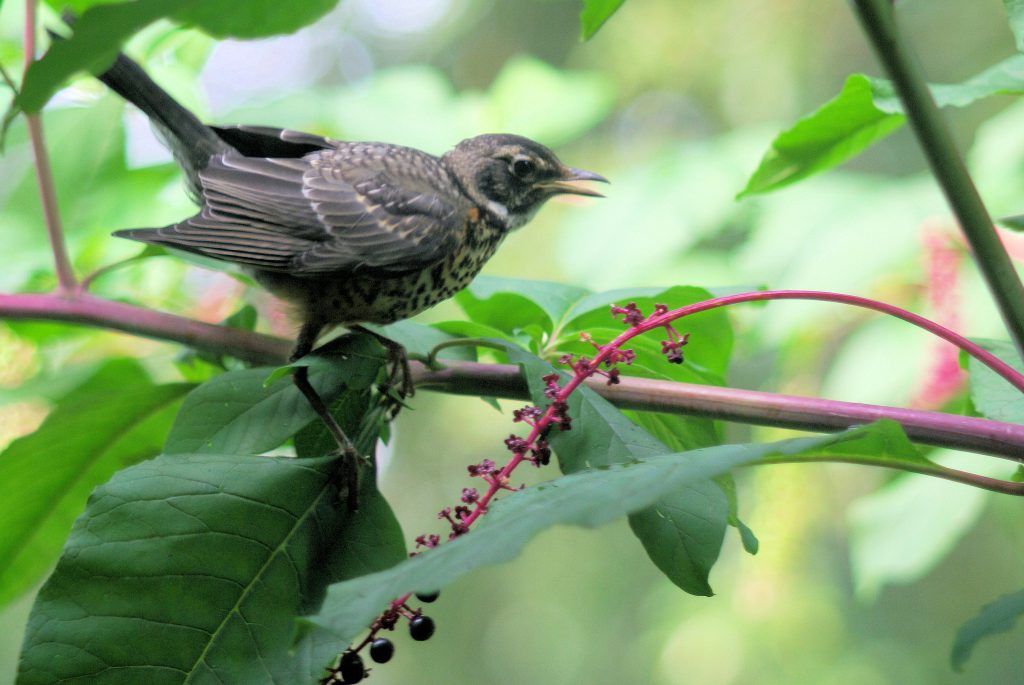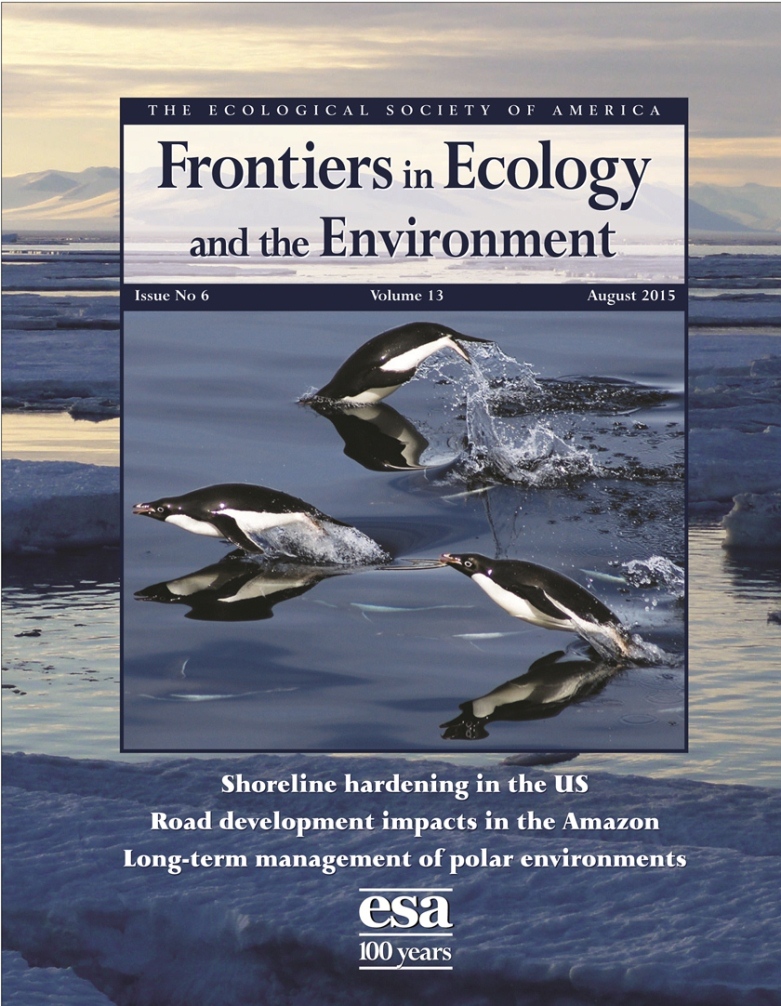
Forging ahead: the #ESA100 (2014-15) annual report
The 2014-2015 (August to August) Annual Report is online. The 100th year of the society featured lively conversations on the past, present, and future of ecology. We marked the centennial with special additions to the annual meeting program, reflections on notable papers of the last century, a contest imagining the ecological work of the future, and Centennial research articles, among many other projects. The year…

